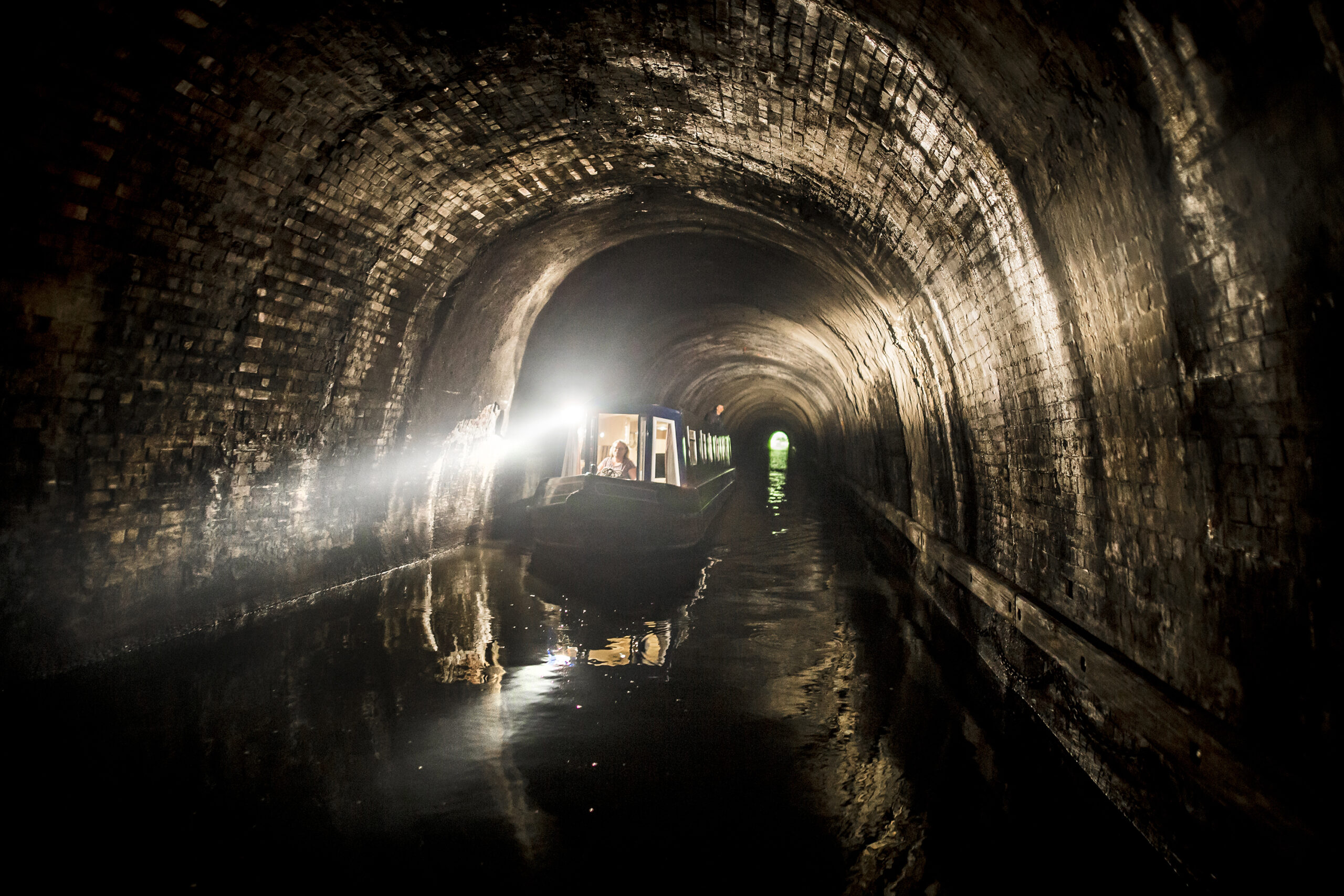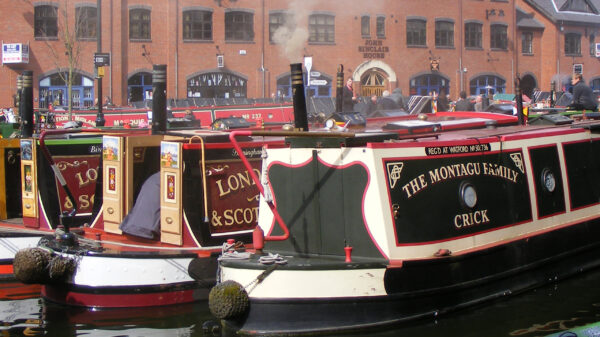From Coventry to the Trent & Mersey Canal
The Coventry Canal connects with the Oxford Canal at Hawkesbury Junction, the Ashby Canal at Marston Junction and the Birmingham and Fazeley Canal at Fazeley.
Part of its route between Fazeley and Whittington Brook was actually built by the Birmingham & Fazeley Canal and legally still has that name, leaving the Coventry Canal divided into two sections, a historic anomaly that still causes some confusion. The former connection with the Wyrley & Essington Canal at Huddlesford Junction is now reduced to a short arm but restoration of this ‘Lichfield Canal’ link through to Brownhills is making progress.
The Coventry Canal was a vital link in James Brindley’s scheme of canals to join the major rivers of the Trent, Mersey, Severn and Thames (later known as Brindley’s Grand Cross). With the Oxford Canal it formed the strategic fourth arm of the cross after completion of the Staffordshire & Worcestershire Canal in 1772 and the Trent & Mersey Canal in 1777. The Act was passed in 1768 and construction began but the proprietors had the temerity to sack Brindley in 1769 and sometimes seemed more interested in their local trade than completing the through route. Having built the canal out from Coventry to the coalfield at Bedworth it had reached Atherstone in 1771 where the money ran out and construction stopped for many years. They then became embroiled in a long running dispute with the Oxford Canal about the location of their junction, resulting in the ludicrous situation of the two canals running parallel for over a mile to Longford and it was not until 1785 that the present junction at Hawkesbury was made.



